Crane safety is top of mind for British Columbia’s safety regulator, but even with new rules in place due diligence is needed in every position on the site.
WorkSafeBC prevention field services supervisor Jason Baia hosted a session titled Ensuring the Safe Operation of a Tower Crane at your Construction Workplace at the BC Construction Safety Alliance’s (BCCSA) health and safety conference held recently in Vancouver.
Baia referred back to earlier in the year when five major crane incidents occurred, one of which resulted in the death of a worker and said WorkSafeBC then “took a deep dive using the central management and risk planning teams.”
New crane safety rules also came into effect on Oct. 1 and employers are now required to submit a Notice Of Project (NOP) at least two weeks before tower crane erecting, climbing, repositioning or dismantling activity starts.
“We’re looking for verification documents that the employer doing activity has taken into account what’s needed, assigned responsibility on task and uploaded documents,” Baia said.
With the NOP, he added, the identity of the qualified supervisor can also be uploaded to either WorkSafeBC’s or the BC Association of Crane Safety’s sites.
“It’s almost like a resume saying what training has been taken in the past, whether training was from the manufacturer, which previous tower cranes they’ve erected in the past, and what their roles and responsibilities were while doing that,” Baia said.
He added not all cranes are the same and “an operator can be certified for a crane but not yet competent.”
“If someone handed me the keys to a Ferrari I’d probably drive it, but I’d hit a wall. I’d need someone next to me to walk through it,” Baia said.
He said supervisors have to perform a competency assessment on operators and WorkSafeBC will not accept competency verifications.
“You can’t just sign off or fill a checklist, that document needs to be filled in,” he said.
He added if an operator has already done a competency assessment and the same crane moves to a new site they wouldn’t have to do the assessment again, but WorkSafeBC would need a short, site-specific assessment.
B.C.’s construction industry is booming, Baia said, with more cranes on the skyline than ever before.
“But currently there isn’t a (training) avenue with SkilledTradesBC. We’re looking for a way to implement that, but right now, training is in-house,” he said. “They’re looking at tower crane operation being a designated trade, the same as an electrician, but we’re really depending at the moment on employers to provide training and prove operators are competent.”
Baia also flagged rigging as a focus given its current lack of certification.
A qualified rigger is a person who has been trained and deemed proficient to handle and move loads, he said. Everything above the hook is the responsibility of the operator, while under the hook is the rigger.
“Right now, riggers don’t need to be certified, they need to be qualified. As an employer I’d expect some due diligence on what makes them qualified,” he said.” One of the big things we’re looking at is riggers being certified, and I don’t think it’s a far stretch.”
The new tower crane requirements are available here.


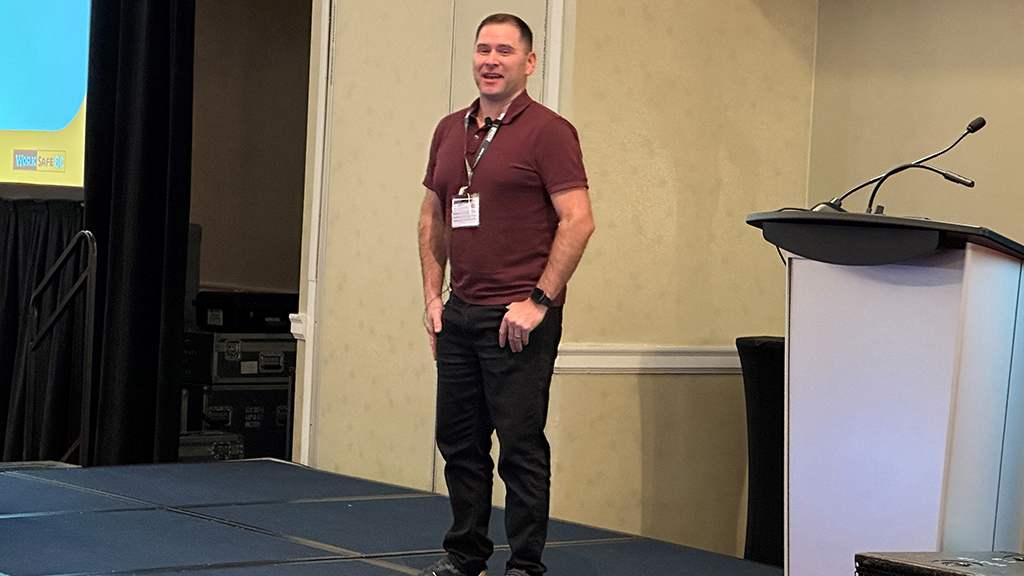
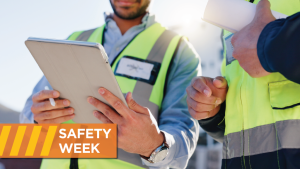
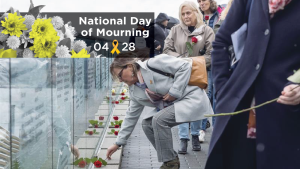
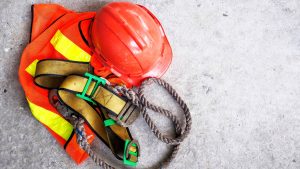
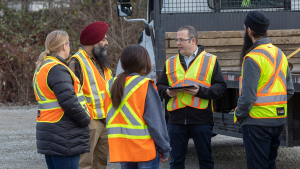

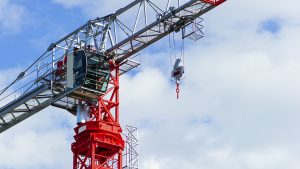
Recent Comments
comments for this post are closed